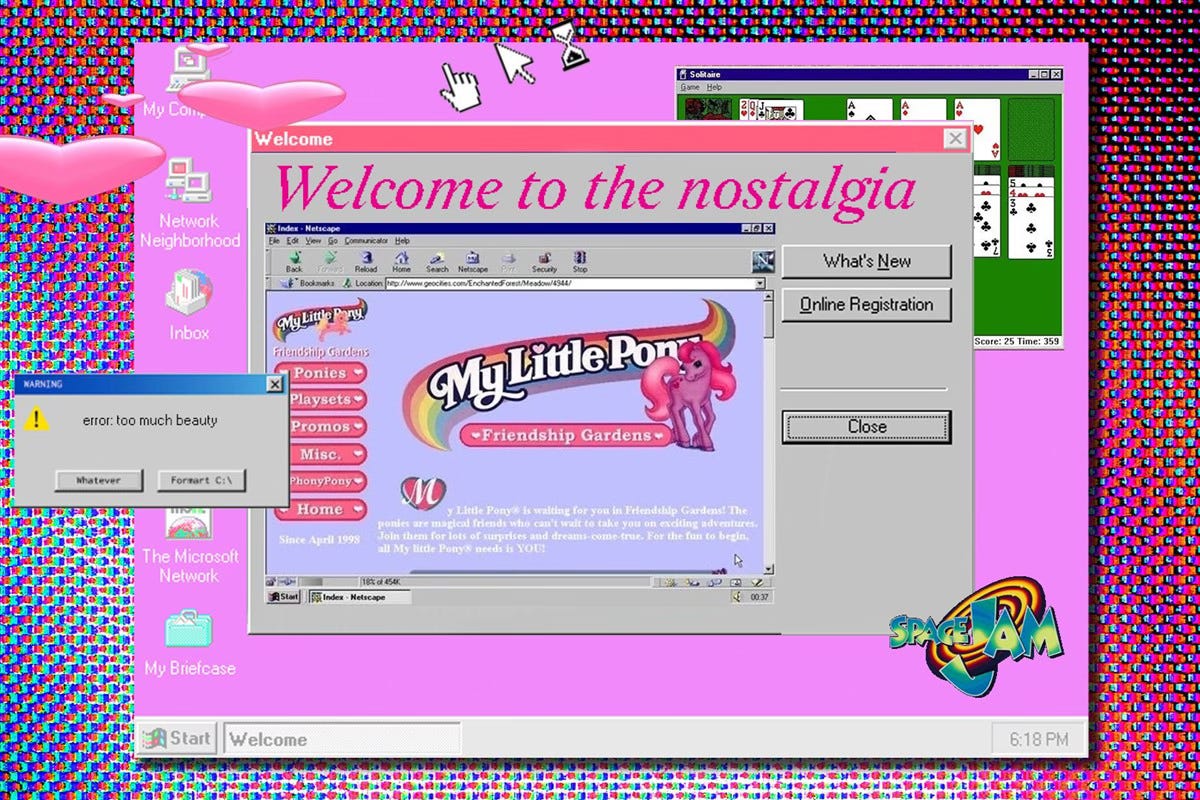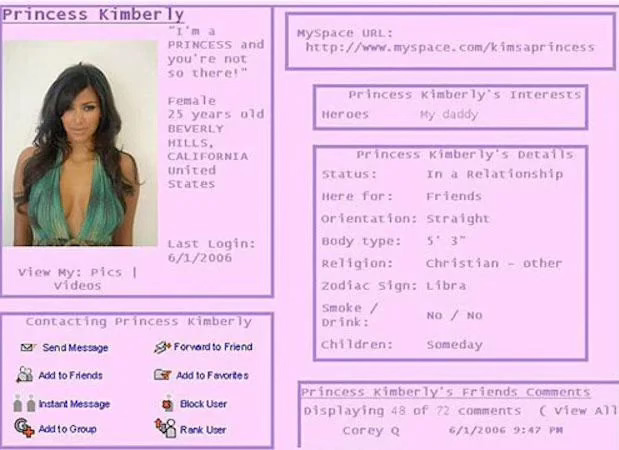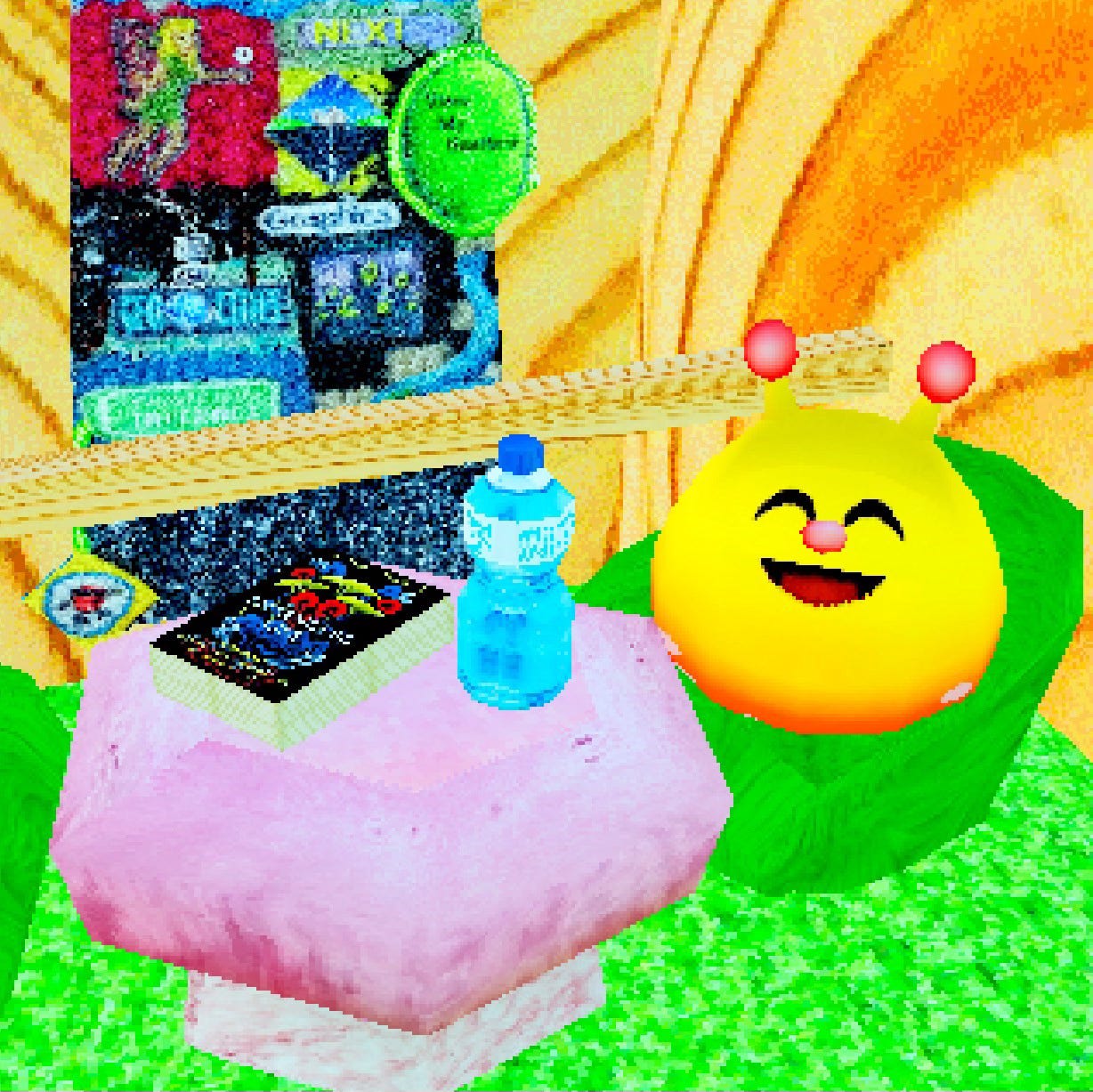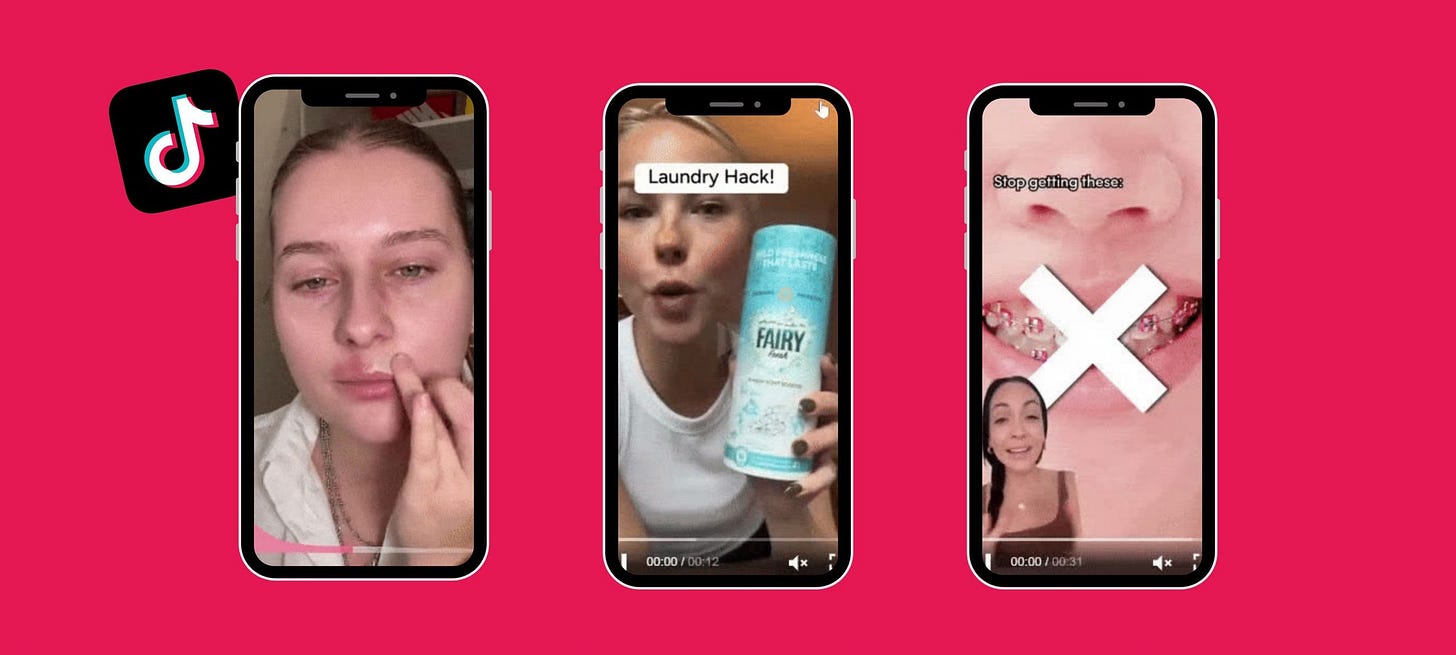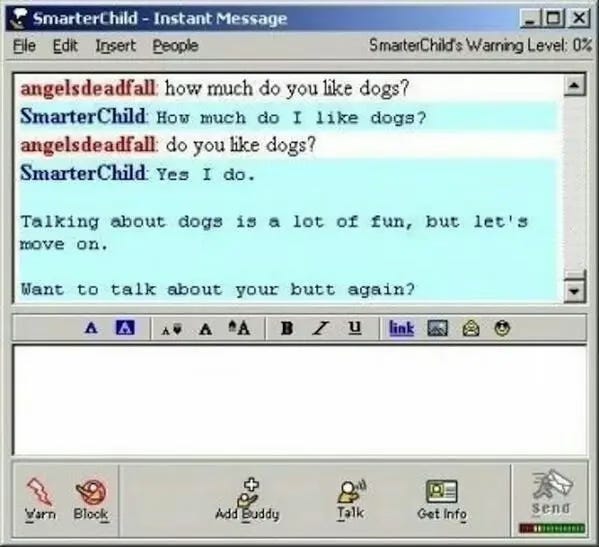I Miss When the Internet Was Ugly
An elegy to the raw, chaotic, community-driven web of the 2000s—before the algorithm, before aesthetic curation, before corporate polish
There was a time when the internet wasn’t designed to sell you anything. It simply existed, glitchy, glowing and weird. It had no neutral color palette. No “link in bio.” No ads that knew your birth chart or what you just told your friend ‘coincidentally’. It was a place full of pixelated shrines, amateur fan forums, anonymous kindness, and broken pages with too many iframes. It was a place people made, not a platform they performed on. It was ugly, and for that it was beautiful.
You could tell a person’s whole vibe from the song choice on their MySpace page and their top eight. Their pages glittered with copy-pasted chaos. Fonts clashed with neon headers. Cursors trailed stars. There were no rules. There was no aesthetic. You could be a scene kid, a gamer, a forum mod with a Sailor Moon signature banner, or a ten-year-old who just discovered HTML and wanted the whole world to know they loved horses and Lisa Frank.
People didn’t curate. They created. There wasn’t a sense of “branding” your identity. The internet wasn’t about becoming palatable or the same. It was about being loud, defined , and sometimes cringeworthy. And that was okay. There was an honesty in the chaos. You weren’t trying to go viral. You were trying to be seen by the five other people on your Gaia Online roleplay thread. You were just existing, care free.
Now, we live in a world where digital expression is posh, polished and profitable. Instagram has a color scheme. TikTok recycles trends in 90-second loops. The algorithm monster is very picky with its diet. Websites all use the same three fonts. Personality is repackaged into marketability. The web is no longer messy. It’s clean. Too clean. Like the interior of a modern gen-z corporate office with a neon “get sh*t done” sign and nothing in the fridge but kombucha.
We’ve replaced discovery with insatiable algorithms. Replaced chance with control. Where once you could stumble onto a hand-coded shrine to a forgotten pop star, say, a fan page with scrolling text about Aaliyah or Avril Lavigne, you’re now guided by SEO and social media ads to whatever’s trending. It’s efficient. It’s sleek. It’s minimalist. It’s lost its soul.
Now with Kailon Magazine, we have to take these things into account while being in this era while we fight to champion the beautifully unrefined. The bold. The experimental. The things that don’t fit into a Pinterest grid or a social media strategy. We want to remember and revive that spirit of the old internet. That raw, chaotic energy where expression didn’t need approval. Where people made things because they had to make them. Because they didn’t feel real until someone else could see them.
There was poetry in those old blog posts and broken links. There was intimacy in the guestbooks and signature GIFs. The pre-Instagram internet wasn’t interested in being pretty. It wanted to be felt.
We miss when websites were bedrooms, not storefronts. When you found community in a forum about thrifted doll heads or obscure horror films. When you didn’t have to look perfect to be worth clicking on.
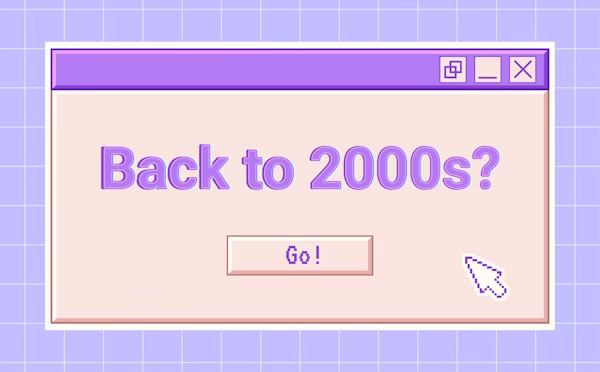
Now we optimize. We monetize. We streamline. And in doing so, we lose the weirdness, the wonderful, deeply human weirdness, that made the internet magical in the first place. Maybe the solution isn’t to go backward. Maybe it’s to move forward differently. Build new digital spaces that are awkward and bright and honest. Ones that don’t care if they’re pretty.
Ones that don’t care if they scale.
We want to start that here—with you.
Because yeah, the internet used to be ugly. And we loved it for that.



